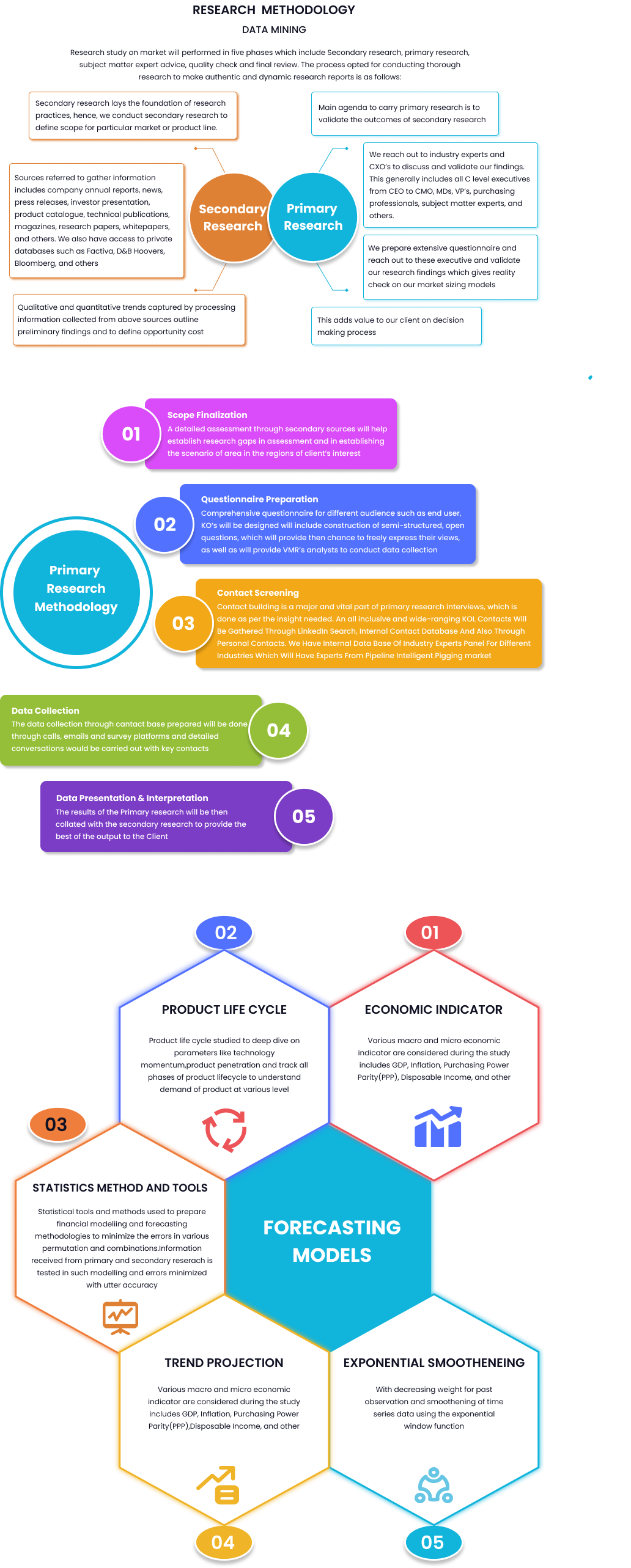
Global Cosmetic Dyes Market By Type (Natural Dyes, Synthetic Dyes), By Application (Facial Makeup, Eye Makeup, Hair Color, Lip Products), By Region, And Segment Forecasts, 2023 to 2032
Report Id: 44244 | Published Date: Jul 2024 | No. of Pages: 10 | Base Year for Estimate: Jul 2024 | Format:
Cosmetic dyes, also known as colourants or pigments, are chemicals used to add colour to cosmetics and personal care products. Formulated for safety and regulatory compliance, they are found in makeup, nail polishes, hair dyes, lotions, soaps and more. Their primary purpose is to enhance product aesthetics with vibrant, attractive colours available in natural, pastel, bright and metallic shades to meet consumer preferences.
The global cosmetic dyes market was valued at USD 0.56 billion in 2023 and is projected to reach USD 0.737 billion by 2032, growing at a CAGR of 4.4% from 2023-2032. Consumers are increasingly becoming aware of the health and environmental risks of synthetic colourants, driving demand for safer, natural alternatives from sustainable sources. This trend aligns with the growing preference for clean and green beauty products that emphasise sustainability, natural ingredients and transparency.
Premium Insights:
The enthusiasm for experimenting with hair colour has led to a rise in hair colour product production alongside consumer experimentation.
The market for hair colouring products has reached maturity in developed nations like the United States and other European nations, as well as in the developing Asia-Pacific region, where both production and consumption are growing quickly.
Global Cosmetic Dyes Market Dynamics:
Drivers: Rising demand for colour cosmetics, the popularity of natural & organic cosmetics, the e-commerce boom along with the globalized
beauty market and technological advancements.
-Consumers, particularly younger generations, are increasingly experimenting with bold colours and diverse makeup looks. This fuels the demand for high-quality, long-lasting cosmetic dyes for lipsticks, eyeshadows, and other colour cosmetics.
-Consumers are increasingly interested in natural and organic beauty products. Developing safe and effective natural cosmetic dyes derived from minerals or plant extracts is a growing trend.
-The rise of e-commerce platforms facilitates access to a wider variety of cosmetic products worldwide. This exposes consumers to diverse colour trends and drives demand for innovative cosmetic dyes.
-Advancements in colour science and pigment technology lead to new, vibrant cosmetic dyes with improved colour payoff, wear time, and bendability.
Restraints: Potential for allergic reactions & skin sensitivity, counterfeit products and stringent regulations & safety concerns.
-Certain cosmetic dyes can trigger allergic reactions or irritate sensitive skin. Developing hypoallergenic and non-irritating dyes is crucial for consumer safety and brand reputations
-The presence of counterfeit cosmetics containing harmful dyes can erode consumer trust in the market. Ensuring product authenticity and transparent labelling are essential.
-Regulatory bodies impose strict safety regulations on cosmetic ingredients, including dyes. Manufacturers must navigate complex approval processes and ensure dyes comply with safety standards to avoid product recalls.
Opportunities: Collaboration with makeup artists & influencers, focus on sustainable sourcing practices and increased focus on multifunctional & long-wearing dyes.
-Collaborating with makeup artists and social media influencers can raise brand awareness, showcase the versatility of cosmetic dyes, and promote creative makeup trends.
-Implementing transparent sourcing practices and ensuring ethical extraction of raw materials used in cosmetic dyes can build trust with environmentally conscious consumers.
-Developing cosmetic dyes that offer additional benefits like hydration, sun protection, or anti-ageing properties can add value and attract consumers seeking multi-tasking products.
Market By Cosmetic Dyes Type Insights:
Based on type, the cosmetic dyes market is segmented into Natural and Synthetic Dyes. The synthetic dyes segment is expected to hold a dominant share of the market owing to factors such as a wider colour range, and cost-effectiveness, as they are more affordable to produce than natural dyes, making them accessible to a larger population. Their performance in terms of colour intensity, lightfastness and application across various cosmetic formulations is also superior.
Based on application, the market can be segmented into facial makeup, eye makeup, lip products, nail products, hair colour products, toiletries and others. Facial makeup is the dominant segment among the diverse applications. This dominance can be attributed to the diverse colour needs that facial makeup encompasses like palettes, foundations and more. Rapid and continuous innovation in this category is also a prime reason along with the high consumer demand
Market By End-Use Insights.
Based on end-use, the masstige market encompassing both mass market and prestige cosmetics is expected to hold the dominant market share in 2024. This dominance can be attributed to several reasons such as a widespread consumer base, and demand for a high volume of dyes to cater to their extensive product lines and colour offerings.
Market By Region Insights:
Based on regional coverage, the market is segmented into North America, Asia-Pacific, Europe, Latin America & Middle East & Africa. The largest market is in the Asia-Pacific area, which is also predicted to be growing at a fast rate due to rising consumption from nations like China, India and Japan. The growing demand for and production of cosmetic and personal care products in the region, over the past few years has significantly increased primarily due to the influence of Western culture on the younger generations and the wide application of these dyes in makeup products, hair colour, shampoos and conditioners has also been on the rise.
Competitive Scenario:
Major players in the region include Sensient Cosmetic Technologies, Clariant, DyStar,
Neelikon, Chromach, Pylam, Organic Dyes and Pigments, Koel Colours, Aakash Chemicals and Dyestuffs and Goldmann Group.
Scope of Work-Global Cosmetic Dyes Market
Key Market Developments:
- April 2023-A new report on the global market for cosmetic dyes was released by the International Association for Colourants in Cosmetics (AIC). According to the report, the market is expected to expand at a compound annual growth rate (CAGR) of 4.6% between 2022 and 2029.
May 2023-The acquisition of Colorifix, a top supplier of natural cosmetic dyes, was announced by Clariant. Through the acquisition, Clariant will be able to better serve the growing market for sustainable cosmetics and diversify its line of natural cosmetic dyes.
September 2022-Red radish, which is grown sustainably and has many skin and nail care benefits, is used in place of artificial pigments. It was created especially for use in colour cosmetics by Givaudan actives. The new purple 2364 exhibits stability in both light and temperature radiation. When used as a lip and nail colour, purple 2364 provides a bright, consistent colour and strong effect.
Key Market Developments:
What factors are driving the growth of the cosmetic dyes market?
Ans. Key drivers include rising demand for colour cosmetics, the popularity of natural & organic cosmetics, the e-commerce boom along with the globalized beauty market and technological advancements.
What are the major challenges in the cosmetic dyes market?
Ans. Challenges include the potential for allergic reactions & skin sensitivity, counterfeit products and stringent regulations & safety concerns.
Who are the key players in the market?
Ans. Key players include Sensient Cosmetic Technologies, Clariant, DyStar,
Neelikon, Chromach, Pylam, Organic Dyes and Pigments, Koel Colours, Aakash Chemicals and Dyestuffs and Goldmann Group.
What opportunities exist in the market?
Ans. Opportunities include collaboration with makeup artists & influencers, focus on sustainable sourcing practices and increased focus on multifunctional & long-wearing dyes.

Speak with an analyst to get exclusive insights tailored to your needs
.png)
